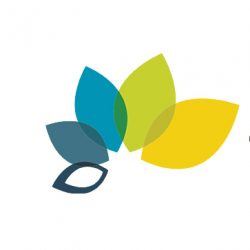Learning Objectives
By the end of this lesson, you will be able to:
- Give common motivations for OER adoption and use
Introduction
Open Educational Resources (OER) offer a number of advantages to closed or fully-copyrighted content, but each person will find their own reason for adopting or promoting OER use. *The two primary motivators for the JCCC OER initiative are:
- to save students money on course materials, and
- to facilitate academic innovation*
There are many factors at play when discussing these reasons, so we will begin to unpack them below. The hope here is that you will be able to discuss various motivations behind OER with a sense of depth beyond the basic argument — which is more likely to lead to action.
Cost Savings
Quite possibly the easiest motivating factor to understand is the cost savings associated with switching to an OER text. With textbook and homework codes for a single course reaching $300-400 per student, significant cost savings can be achieved with the adoption of an OER textbook.
More detailed aspects of the cost savings motivation are:
- The extreme rise in the cost of textbooks and materials
- The cost of these materials has risen at 3-4 times the rate of inflation since 2006
- Digital textbooks are nearly free to copy, yet are often compared in price to print textbooks
- Textbook rentals typically limit when and how students access materials, keeping nothing at the end of the course
- The cost of textbooks driving students to make poor academic decisions[footnote]U.S. PIRG (2016). Covering the Cost. Retrieved from http://www.uspirg.org/reports/usp/covering-cost[/footnote]
- Students regularly skip buying the required book for a course
- Students take fewer courses or delay taking a course due to the textbook cost
- Students obtain required texts through whatever means necessary, with potential legal consequences
Academic Innovation
OER come with a set of permissions that allow instructors to engage with content in unique and valuable ways which are not allowed with traditional content. From simple things such as correcting typos or grammatical errors to more involved activities like updating the content with the latest research, OER allow faculty to have full control over the material.
This shift in the relationship between faculty and content takes time and careful guidance, but here are some of the interesting and innovative ways OER is already being used at JCCC:
- Localizing content with relevant local or regional examples
- Reorganizing and aligning OER content with an existing course structure
- Working with students in the upkeep and growth of the OER
- Incorporating practice or assessment items directly into the content
Remember, the above are things that OER enable based on their reuse rights — if there is no open license, we are very limited in what we are allowed to do.

